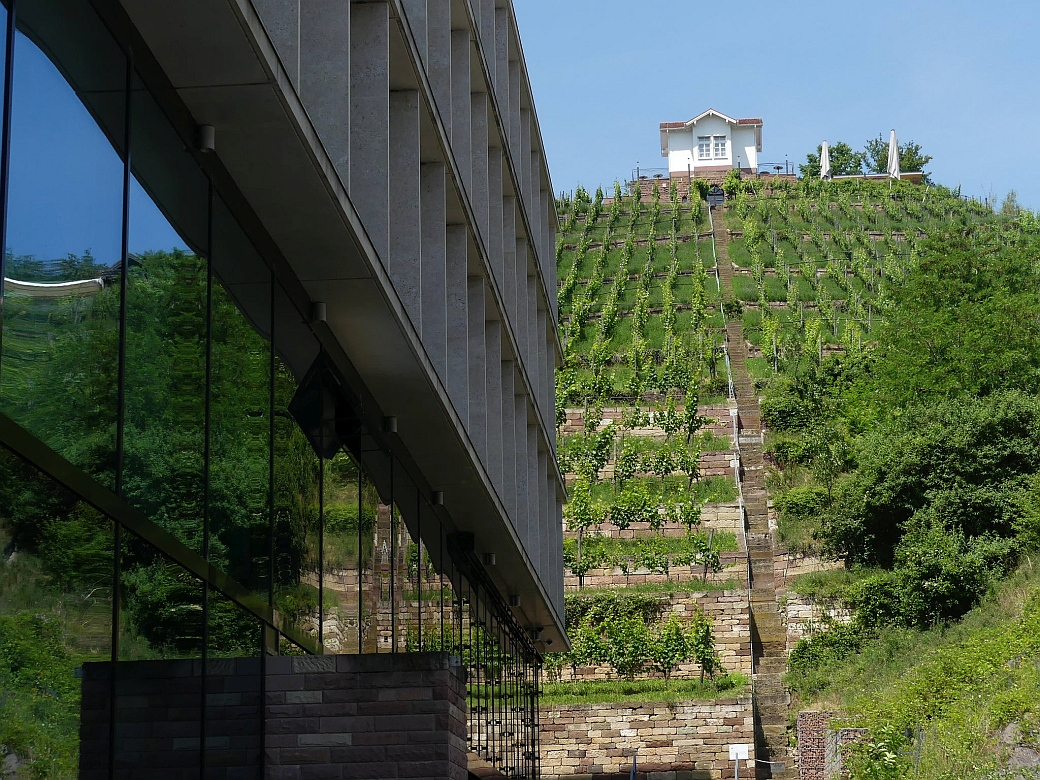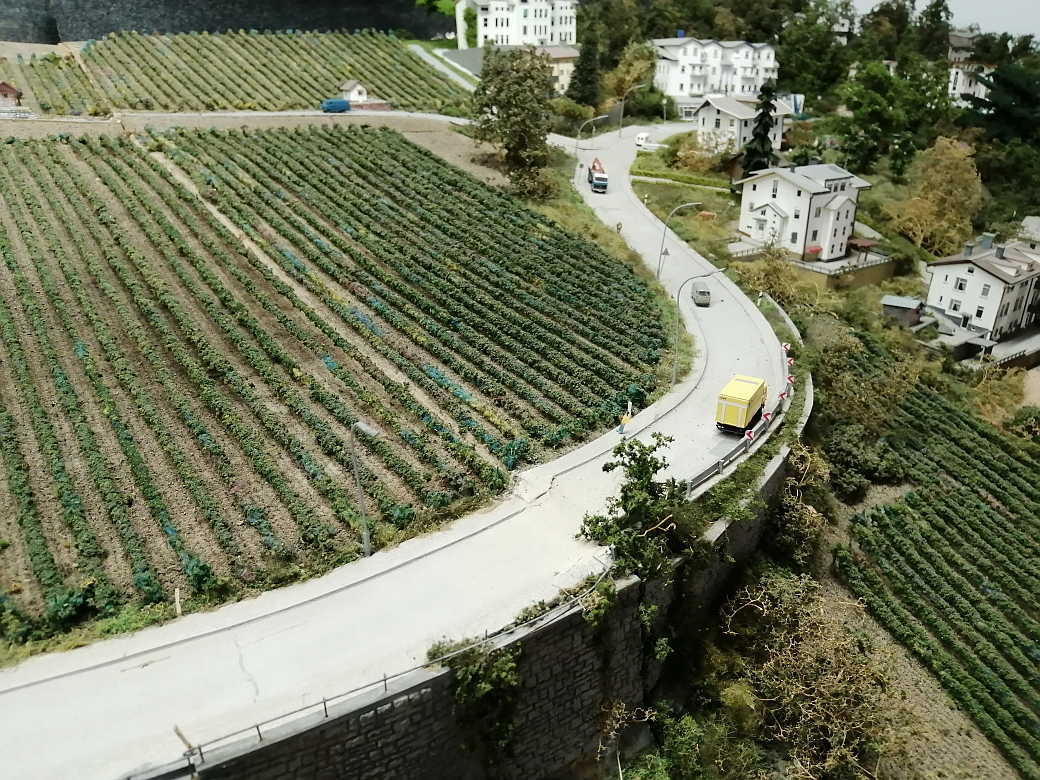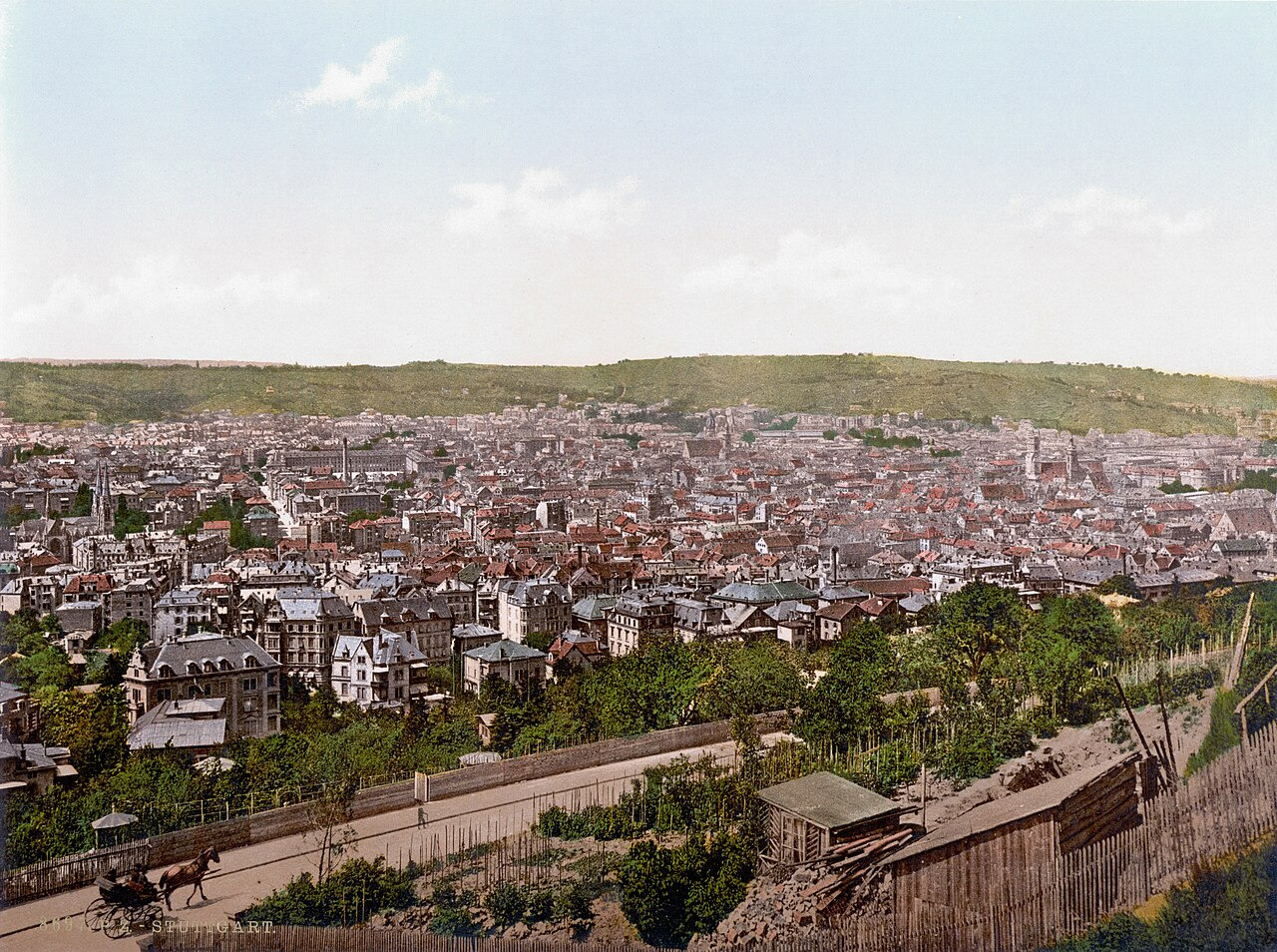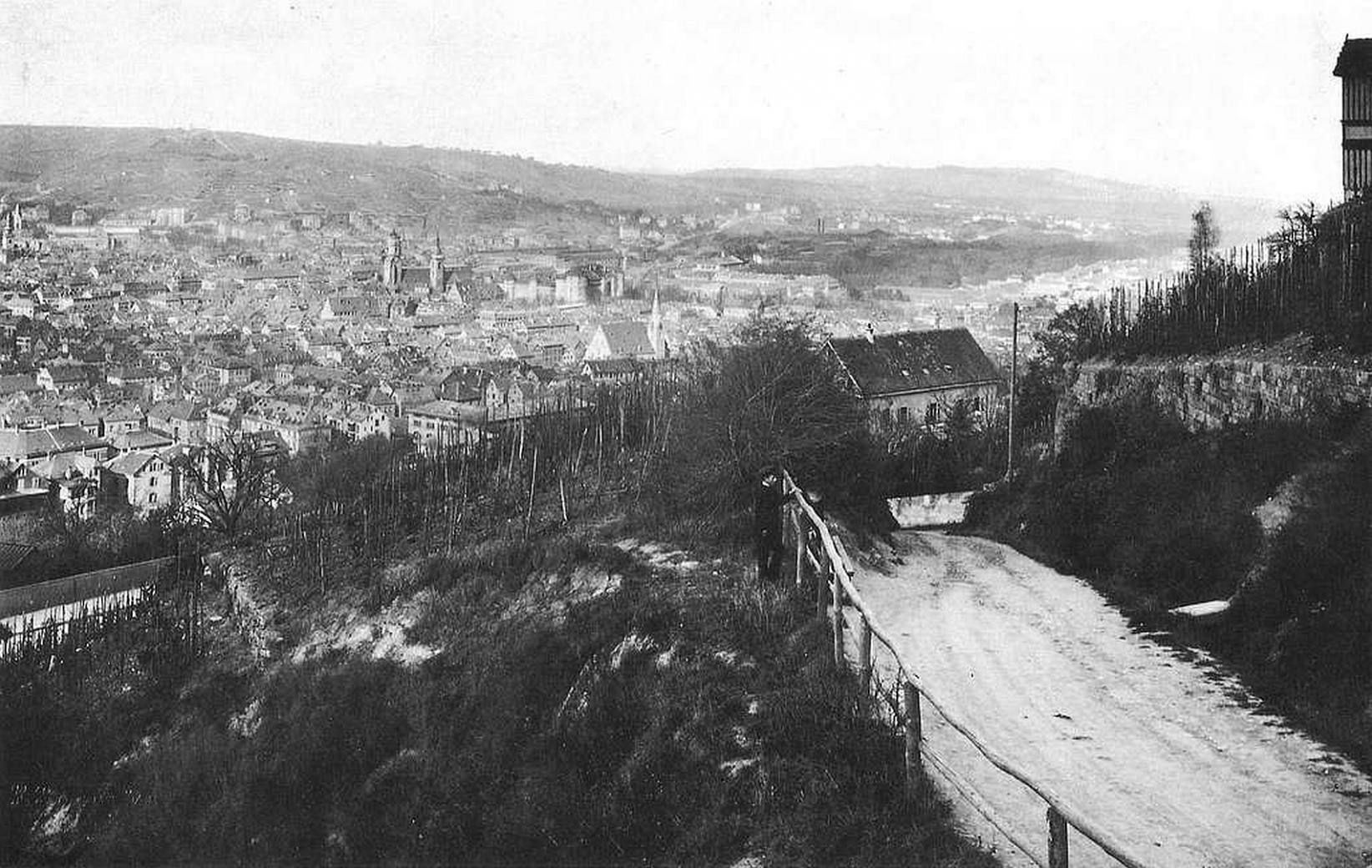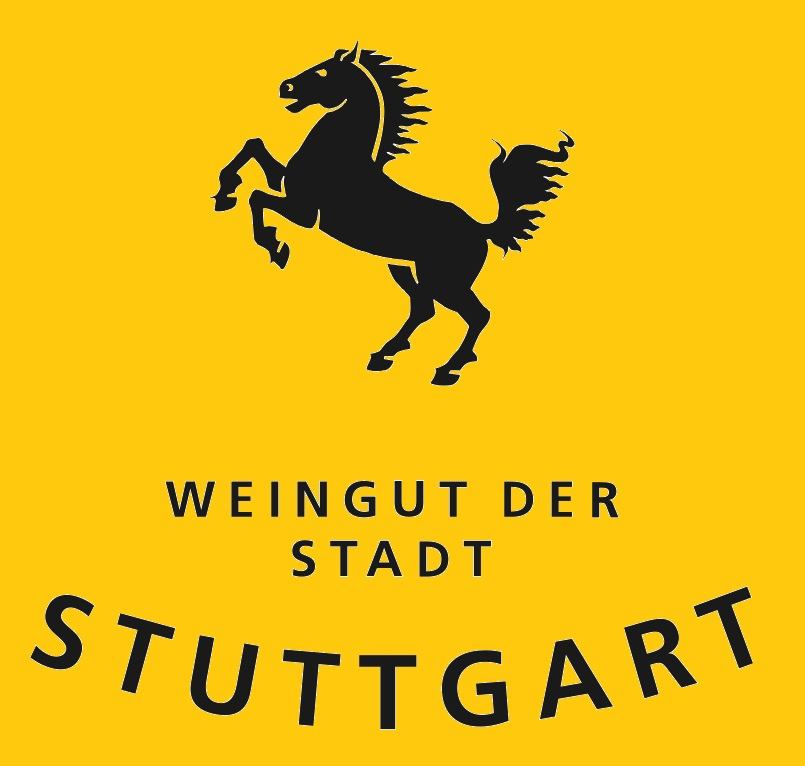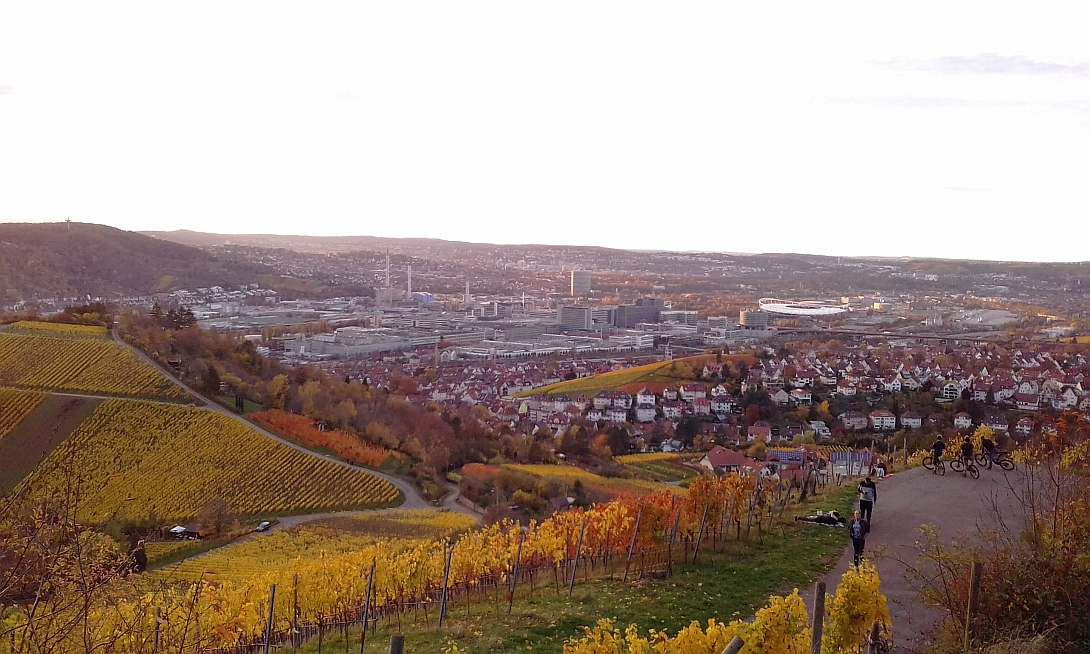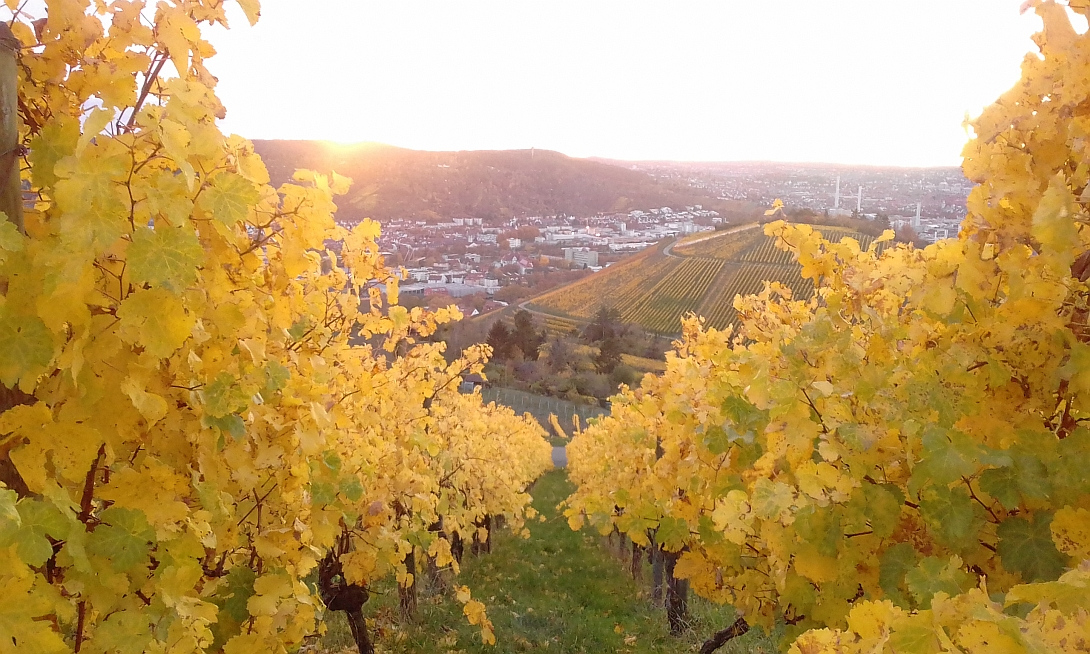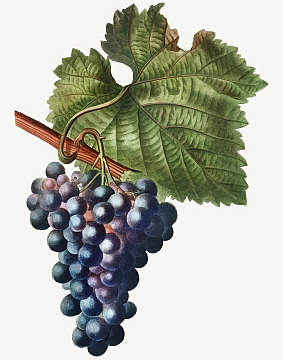
Between forests and vineyards
A vineyard in model scale, which does not exist in reality
‘Stuttgart – city between forest and vineyards’ was an old advertising slogan for the state capital. Stuttgart lies in a valley basin and is surrounded on three sides by hills – hence one of its nicknames is ‘Kessel’ (cauldron). Around a quarter of the city area is covered with forrest, and on the slopes between the streets and residential buildings numerous vineyards can be found.
For example, behind the former federal railway headquarters at the main station, you can see several vineyard terraces on the ‚Kriegsberg‘ hill. Wine used to be transported out of the city via important streets (called ‚Alte and Neue Weinsteige‘) – both offer magnificent views of the vineyards and the city of Stuttgart in the valley.
Growing wine has a long tradition in Stuttgart
In the 1st century AD the Romans brought winegrowing to the area of Württemberg. In the Middle Ages, wine pressing was one of Stuttgart’s most important economic branches. The climate in the Neckar Valley has always been favourable, and today around 415 hectares of mainly red grape varieties are cultivated in the city. Trollinger is popular, followed by Pinot Noir and numerous other reds. In addition to private wine cooperatives, the city owns a winery, too.
In autumn, the ‘wine village’ attracts numerous visitors to the city centre. It almost goes without saying that Stuttgart has given its twin city Hamburg its own vineyard directly placed next to the harbor.
By the way: Stuttgart grapes also taste great simply as grape juice!
Green slopes without precedent, right?
When constructing the various motifs on his layout, Wolfgang Frey strictly sticked to the reality. However, he gave free rein to his imagination with the vineyard shown here, as there is nothing comparable in Stuttgart. Nevertheless, at least some elements are so realistic that they can be found somewhere (maybe) – even if, for example, some of the modern villas are reminiscent of architectural models.


